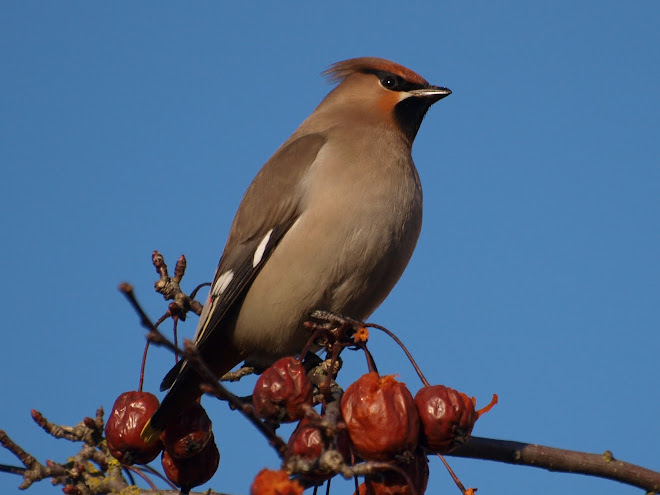After leaving Long Compton village
*D
we drove to the Rollright Stones which are only a couple of miles away.
The Rollright Stones are a group of prehistoric monuments constructed from large, naturally pitted, limestone boulders found within 500 metres of the site.
It must have been a place where communities from all over England met as a stone axe from Cornwall and a flint from the Berkshire Downs have been found.
The legend associated with the Stones tells of a King and his army who were marching across the Cotswolds when they met a witch who said to the King:
"Seven long strides thou shalt take, and
if Long Compton thou canst see
King of England shalt thou be".
The King took seven steps forward but as he took his last step the ground rose up in a large mound and he couldn't see the village below.
The witch cackled
"As Long Compton thou canst not see, King of England thou shalt not be.
Rise up stick and stand still stone,
for King of England thou shalt be none
Thou and thy men hoar stones shalt be and I myself an eldern tree"
At which point the King trying to overlook the village, his army standing nearby and his five Knights, who were plotting against him and planning treachery, a little way off, were all turned to stone.
View from the Stones across the Cotswold countryside. As you can see the location is quite high and it was freezing cold - how I wished I had brought my hat, gloves and scarf!
*D
*D
*D
The King's Men Stone Circle is believed to have been built ~2500 - 2000 BC as a ceremonial monument. The circle of pitted stones forms a 30 metre diameter circle. There are at least 70 stones but they are apparently impossible to count. If you do count them and arrive at the same amount three times you can have any wish you want! Originally the circle contained 105 stones which formed a continuous circle apart from the entrance, opposite the tallest stone, which was flanked by portal stones. A third of the stones were re-erected in 1882. There is no ditch around the circle but it is slightly embanked. It is not known what the circle was used for - it may have been used for religious or secular ceremonies or both.
It is very atmospheric there although on this visit there were far more people around than when we first went and there wasn't quite the same sense of the past.
Some of the lichens growing on the stones are believed to be 400 - 800 years old.
Timothy making a brief appearance - it was too cold to linger he said. I am now under instructions to make him a scarf to keep him warm!
The Whispering Knights are about a quarter of a mile away
*D
They are the remains of a "Portal Dolmen" burial mound - believed to have been built ~ 3800 - 3000 BC i.e. long before the circle. Originally, there would have been more upright stones and the chamber probably held the dismembered remains of several individuals.
*D
*D
One legend of the Knights tells that the stones walk down to the brook in the valley below to drink on New Year's Day or whenever the bells of Long Compton are rung.
*D
The "latin" inscription on the bench reads
"ORE STABIT FORTIS ARARE PLACET ORE STAT"
You don't need to know Latin to translate this into English - have a go at the puzzle - the answer is given at the bottom of the post!
View walking to the King's Stone
The King's Stone is a large single standing stone probably erected to mark the site of a Bronze Age Cemetery used in 1800 - 800 BC. Other theories suggest that it was connected with the stone circle either as an astronomical marker or part of an avenue of stones which have long disappeared. A stone burial cairn is located under the grass next to the stone and 2 other burial mounds are nearby.
There is a large notch in the stone on the eastern side created by people who stole pieces of rock in the past. For this reason the Rollright Stones became a protected ancient monument and railings were built around them.
Other sites nearby include a possible Neolithic burial chamber, a Bronze Age round barrow and burial cairn, an Iron Age farming setttlement, a late Bronze Age or Early Iron Age trackway and field boundary, a Roman settlement and a Saxon cemetery.
The Rollright Stones really are well worth a visit if you are in the area and haven't been before.
We then drove a mile or so to Wyatts Farm Shop and Plant centre with a tearoom!! to warm up.
A late lunch of Leek and Potato soup and being very greedy indeed a piece of Spiced Parsnip and Chestnut cake which was truly scrumptious. Although cakes we eat out are usually very tasty they can sometimes be a little dry but this cake was one of the best I have eaten and very moist too. I have searched, without success, for a recipe.
*D
Answer to quiz:
"O REST A BIT FOR TIS A RARE PLACE TO REST AT"
Reference: Leaflet on the Rollright Stones and Information Boards at the site
*D - Photos taken by my son with the Canon Bridge Camera SX50

